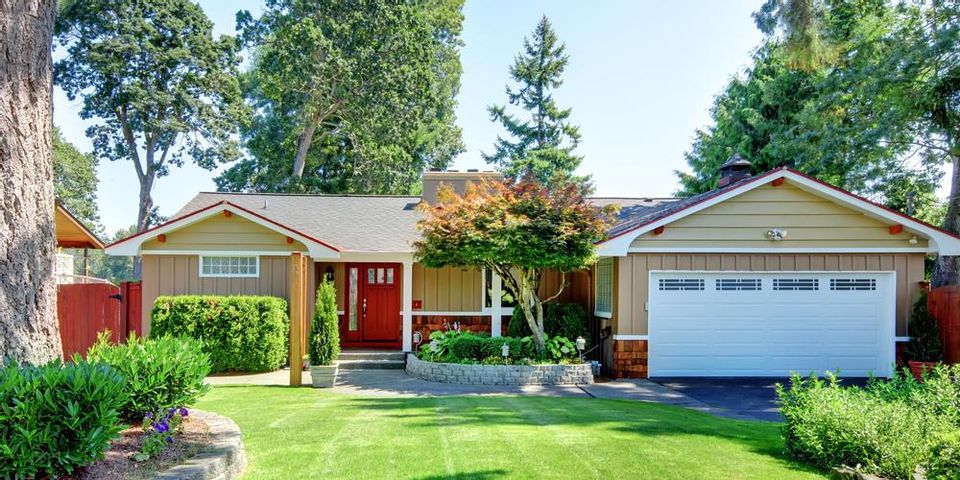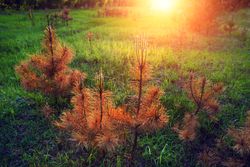Spring Care Guide: What to Know About Winter Burn on Evergreens

As the spring warms up the temperatures, the trees and plants in your property will resume growing. You may be surprised to find browned or burned portions amidst the budding foliage of your evergreens. Tree service professionals call this damage winter burn, and here’s what it means.
How Does Winter Burn Happen?
This affects all types of evergreens, including ones with broad, needle-, or scale-like foliage. This type of damage often happens on trees planted in open locations, which don’t offer protection from the elements during the winter.
Numerous factors lead to this issue, but the most common is rapid water loss from transpiration during a sunny, cold day. When the sun-facing foliage naturally transpires, it loses moisture and cannot replenish it because of the frozen soil. Combined with the season’s stronger winds, this causes the exposed portion to dry up. On the other hand, leaves covered in snow or facing away from the sun don’t get damaged. Road salt also contributes to winter burn.
What Are Its Signs?
 The most visible symptom of winter burn is brown or scorched foliage. In some cases, the browning starts at the edges and progresses inwards until it reaches the center. Pay attention to the direction of the discoloration—foliage facing the sun is more likely to have winter damage due to exposure to UV rays and wind.
The most visible symptom of winter burn is brown or scorched foliage. In some cases, the browning starts at the edges and progresses inwards until it reaches the center. Pay attention to the direction of the discoloration—foliage facing the sun is more likely to have winter damage due to exposure to UV rays and wind.
Can Affected Evergreens Be Saved?
Winter burn can be treated, especially in mild cases. Have a tree service professional prune the damaged portions, but not until there’s new growth. All dead sections should be trimmed to the live tissue, including the stems.
It’s also crucial to keep the soil moist through frequent watering and light mulching at the base. Fertilizers will also help nurse the affected trees and plants back to health.
This spring, let the tree service professionals at Liscombe Tree Service help boost the health of your evergreens. Based in St. Charles, MO, their arborists have provided comprehensive services, including tree trimming, pruning, and dead growth removal, to improve the health of surrounding foliage. Call (314) 650-9055 for an initial consultation on winter damage or visit their website today to learn more about what they offer.
About the Business
Have a question? Ask the experts!
Send your question

